
In a world where red dots and optics are becoming standard on pistols—even right out of the box—I don’t always stick with iron sights, but I do rotate between them and optics on my carry and range guns. Call me old school if you want, but after years of shooting and training, I’ve learned one thing: there’s still a lot of value in keeping it simple.
Don’t get me wrong—optics have their place. I've trained with them, I’ve spent time on the range and in various defensive shooting courses, and I’ve helped others learn to use them. But when it comes down to what I trust on my handgun day in and day out? It’s still good old iron sights.
Here’s why I haven’t made the full switch to optics just yet—and maybe why you shouldn’t either.
1. Iron Sights Are Reliable—Period
Let’s start with the obvious: iron sights don’t need batteries, they don’t lose zero if you drop your gun, and they don’t fog up or crack. They’re made of metal, they’re fixed to the slide, and they just work.
I’ve seen pistol red dots lose brightness, flicker, or completely fail under recoil. I’ve seen shooters show up to the range with optics that were misaligned or fogged over from humidity. Meanwhile, my irons just sit there, doing their job.
In a defensive situation, where you only get one shot—or maybe one second—to act, I don’t want to be thinking about batteries or glass. I want something I know I can count on, 100% of the time.
2. They're Faster Than You Think
People often say red dots are faster. That’s true—once you’re trained with them. But here’s the catch: if you don’t have a consistent draw or presentation, finding the dot can actually slow you down.
Iron sights, on the other hand, are intuitive. Your eye naturally picks up the front sight during a proper draw. With repetition, aligning that front sight between the rear posts becomes second nature. There’s no hunting for a red dot or waiting for the window to settle.
Especially in close-range defensive encounters—the kind you’re most likely to face with a handgun—iron sights are plenty fast, and for some, even faster under pressure.

3. You Build Real Shooting Fundamentals
Here’s something I’ll stand by all day: if you can shoot well with iron sights, you’ll shoot even better with a red dot. But the opposite isn’t always true.
Iron sights demand that you pay attention to the basics: sight alignment, trigger control, grip, and follow-through. There’s no tech to mask your mistakes. It’s you, your training, and your focus.
I’ve seen plenty of newer shooters jump straight into optics, and while they could hit targets, they never learned why they were hitting or missing. But with irons, there’s nowhere to hide. You’re forced to get better—and that’s a good thing.

4. They're Lighter and Lower-Profile
One thing I appreciate—especially for concealed carry—is how slim and snag-free a handgun is without a big optic mounted on top.
Iron sights keep your gun lightweight and streamlined. No need to modify your slide, no bulky red dot housing sitting high above your bore axis, and no extra cover or protective glass.
In an appendix or IWB carry setup, that reduced profile makes a real difference. Drawing from concealment is smoother, and I don’t have to worry about clothing catching on a raised optic during a fast presentation.

5. Iron Sights are Affordable and Durable
Let’s be honest—optics aren’t cheap. A good red dot for a handgun will set you back a few hundred dollars, and that’s not including the cost of milling the slide or buying an optics-ready gun.
By contrast, high-quality iron sights (tritium, fiber-optic, or plain black) are inexpensive, rugged, and easy to install. I’ve got a set of steel night sights on my Glock that have been through thousands of rounds, dozens of range sessions, and years of carry. Still going strong.
And if they ever do wear out? A new pair costs a fraction of an optic—and they’ll last just as long.
6. They’re Always Ready
One of the biggest reasons I still prefer irons on a carry gun is simplicity. There’s nothing to turn on, no brightness setting to adjust, and no question of whether I’ll be able to find the dot if I draw under stress.
Iron sights are always on. I draw, I press out, and I shoot—no thinking, no buttons, no tech. In a real-life defensive encounter, that kind of simplicity could be the difference between reacting in time or not at all.

7. Personal Confidence
Maybe this one’s more personal than practical—but I trust irons because I’ve trained with them for years. I know how they behave in different lighting. I know how to pick them up under stress. I’ve run countless drills with them under pressure, low-light drills, and force-on-force training.
That confidence isn’t something I’m eager to give up just for the latest trend.
When I carry a handgun with iron sights, I don’t worry about gear. I just focus on my fundamentals—and that’s where real skill comes from.
Final Thoughts
Look, I’m not saying red dots are bad. They’re fantastic tools, and they’re only getting better. But I don’t believe iron sights are obsolete. Far from it.
They’re reliable, simple, and effective. They teach you how to be a better shooter. And when everything else fails, they’ll still be there, doing what they’ve done for over a century.
If you’re new to shooting, learn irons first. If you’ve moved to optics, don’t neglect your irons. And if you’re like me—someone who appreciates the value of keeping things simple—you already know: iron sights aren’t just good enough. They’re more than enough.
------------------------------------------------------------------------------------
NOTE: We'd like to thank J.C. Lamprecht @jclamprecht_cqs for the pics and GIFs
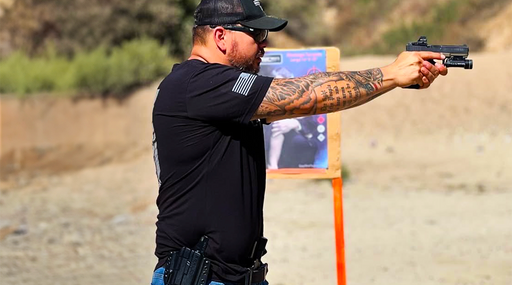
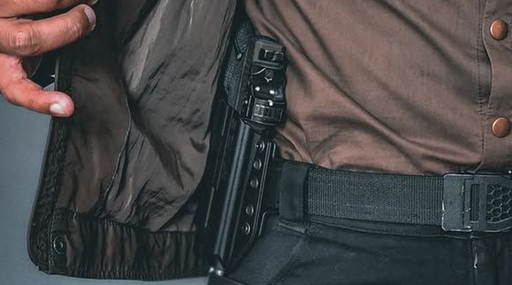

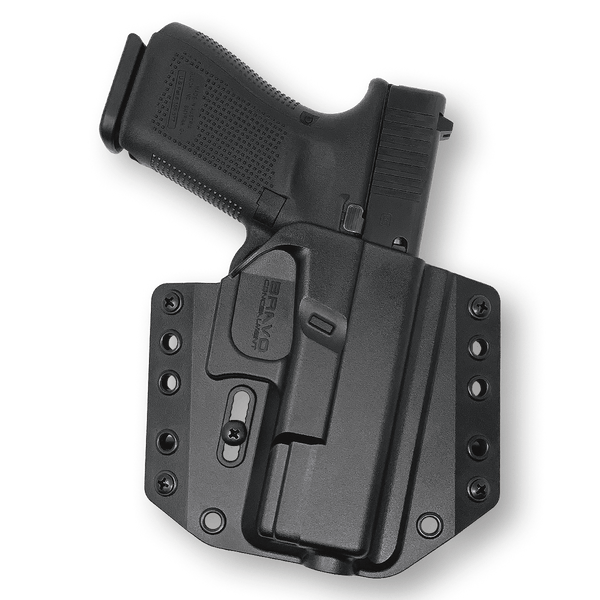
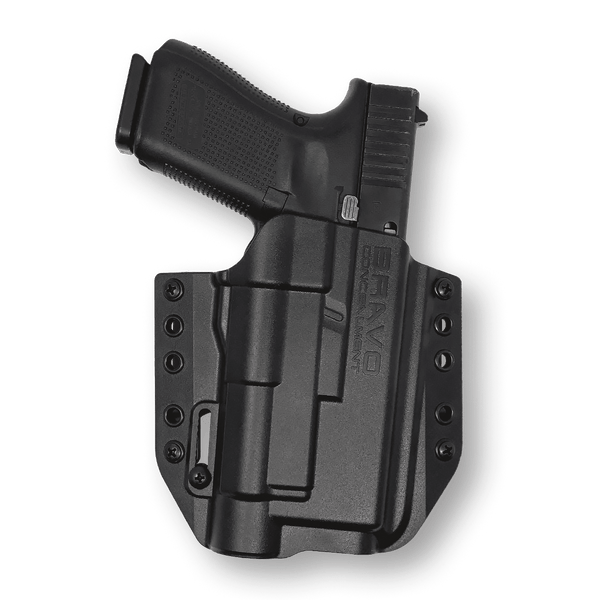
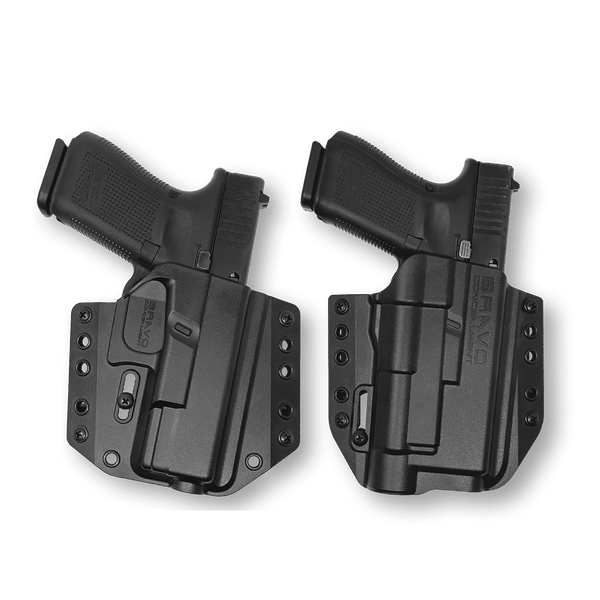
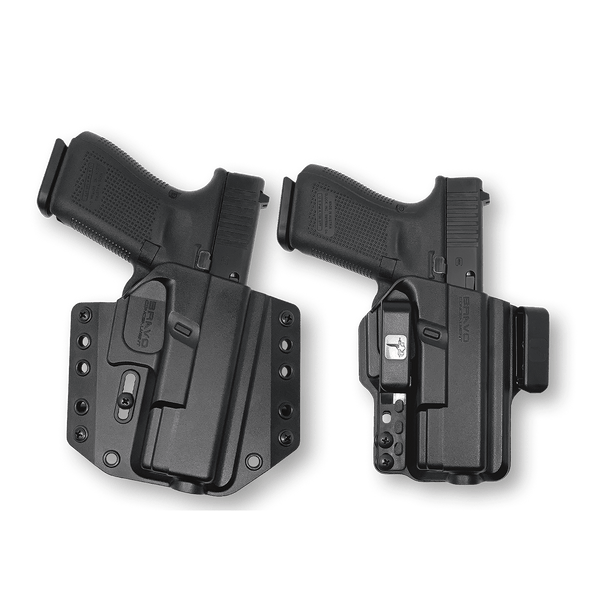

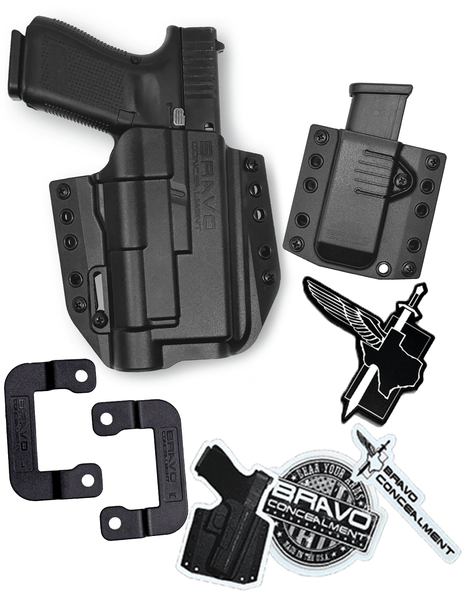
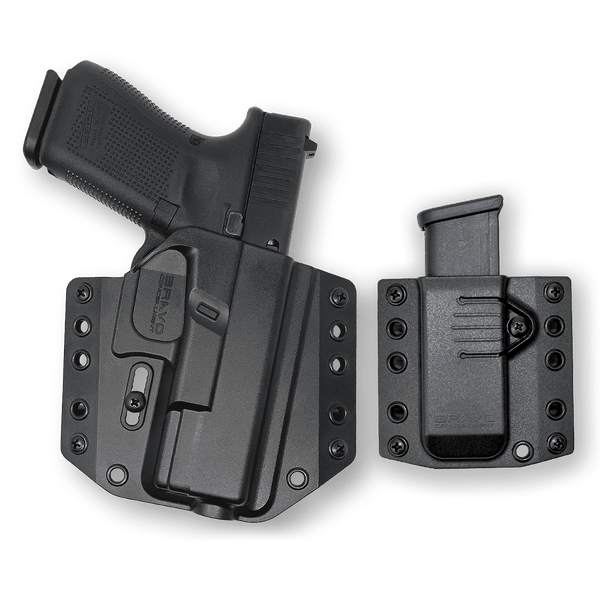
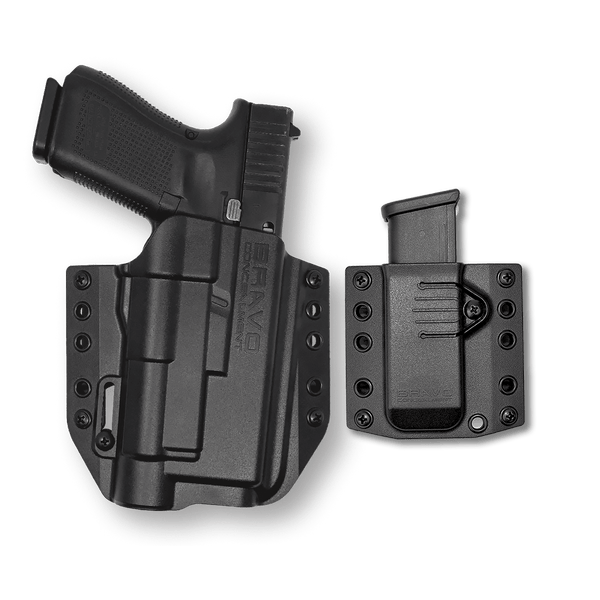
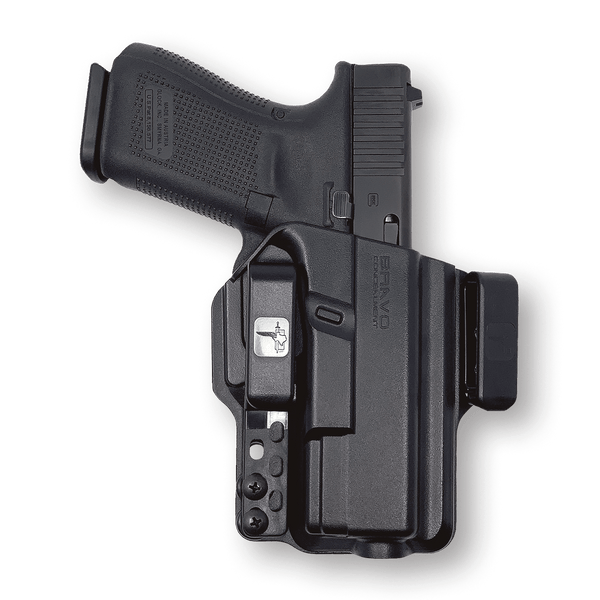
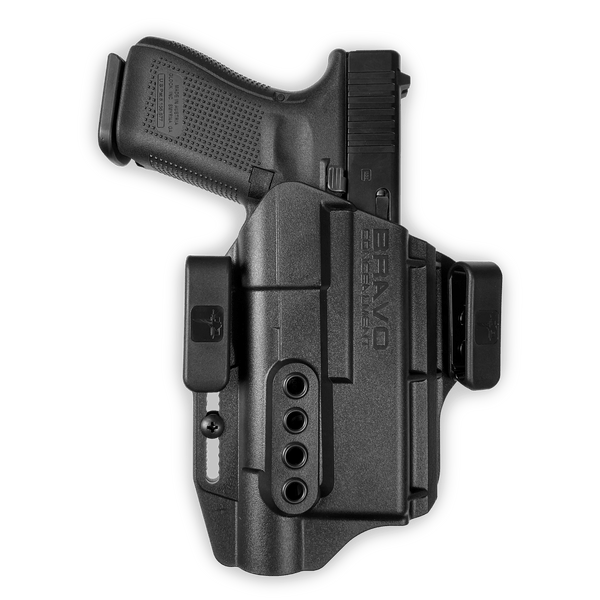
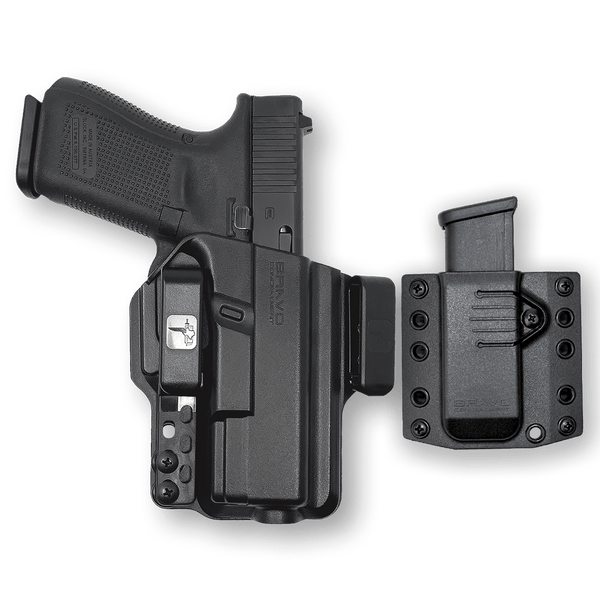
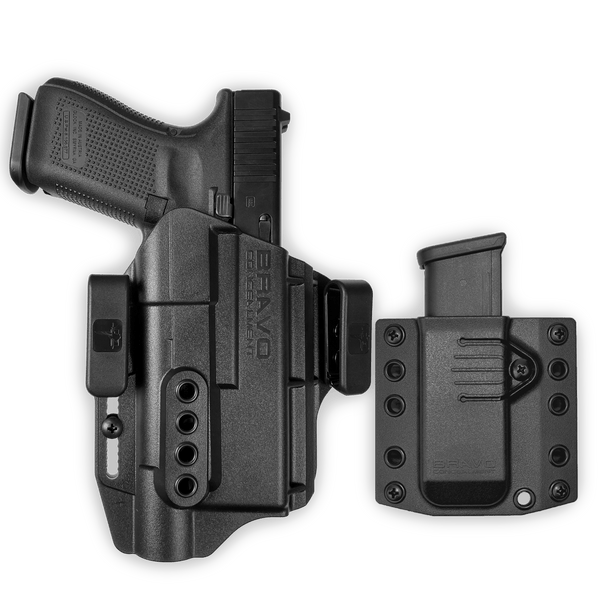
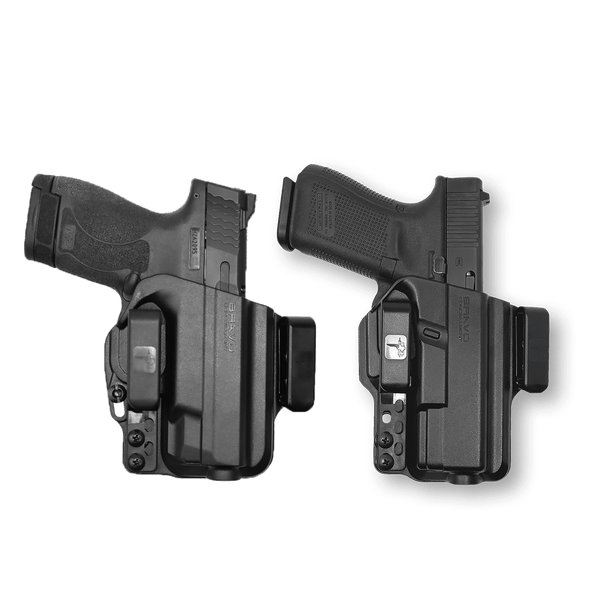
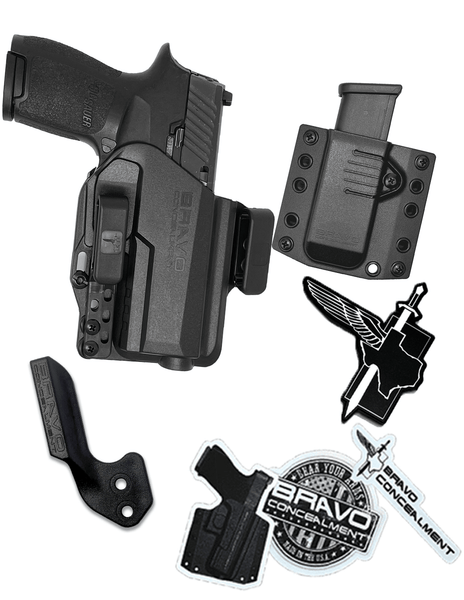
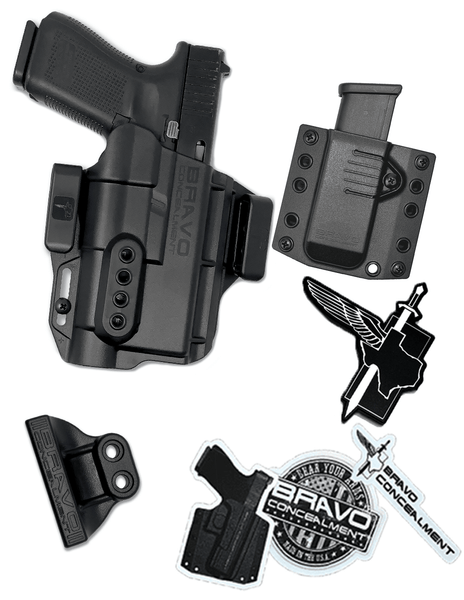
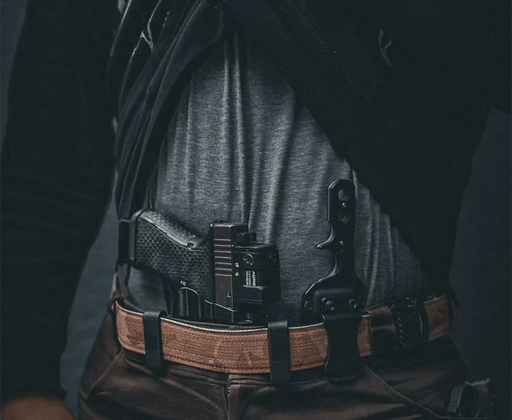
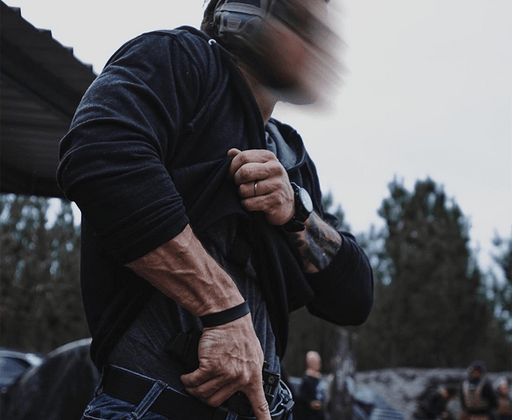
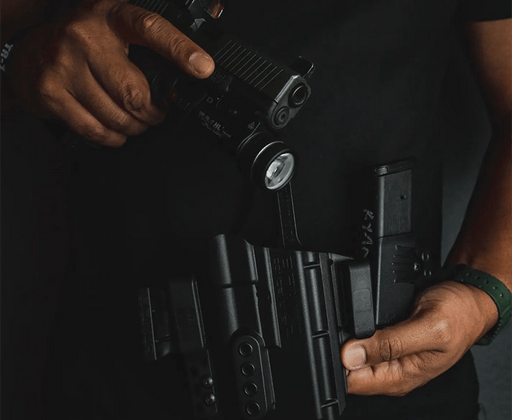
Leave a comment
1 comment
And in most civilian shoots at less than 6-9 feet from the target you will never use any sights. And if you try to do so at that close range, and the other guy knows what he is doing, you are dead.